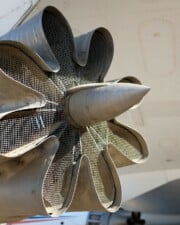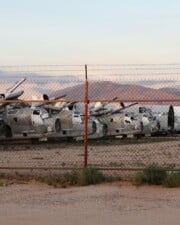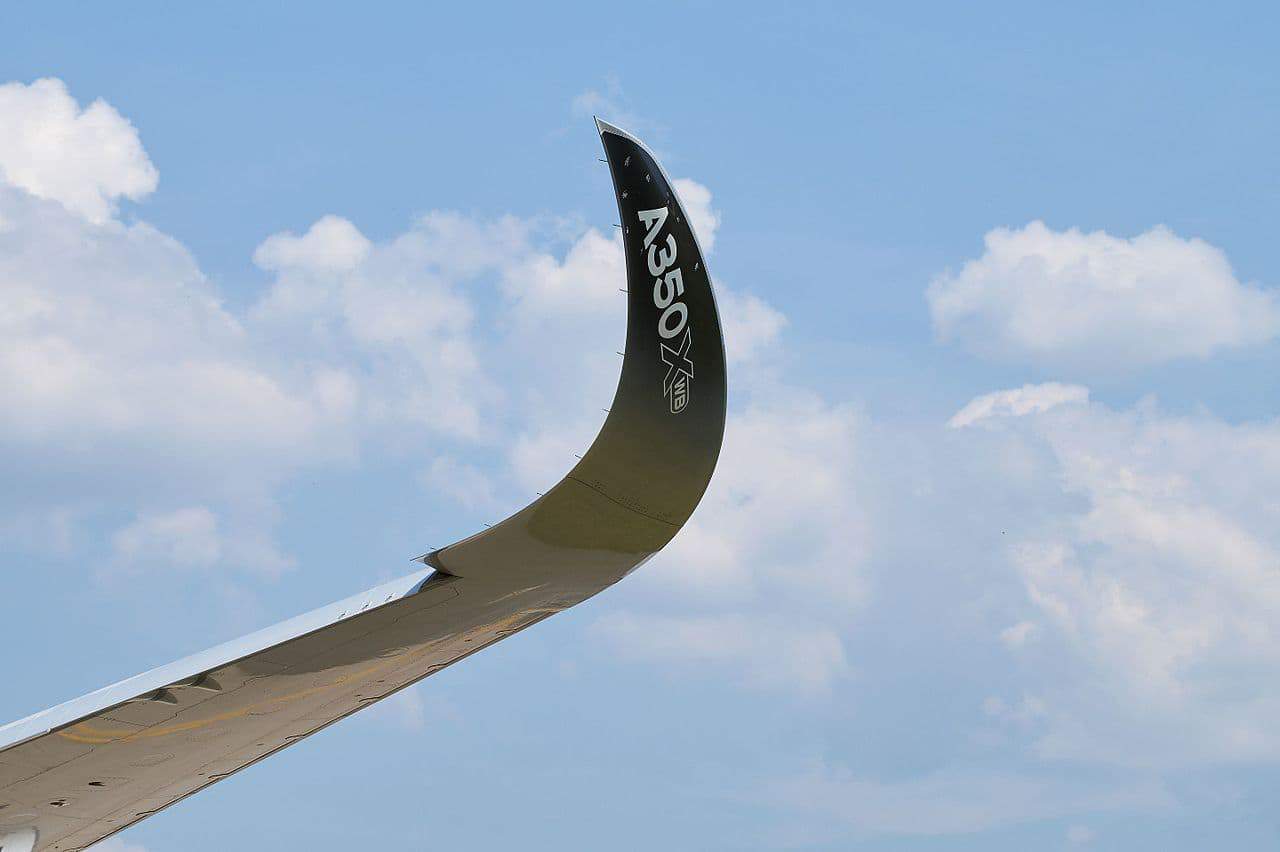We think of airplanes today as being able to take us anywhere. We expect planes to be able to take everywhere from Boston to Berlin to Baghdad to Beijing and beyond, but there are limits to this. Extremely hot weather can leave flights grounded.
So why can’t planes fly in extreme heat?
- Reduced air density, or thin air, results in a lack of lift.
- Electronics and other machinery often do not respond well to extreme heat or humidity.
- Air conditioning systems may not be able to cope.
- High temperatures combined with low air density creates double the stress on the engines as they have to work harder especially on take-off.
There are many reasons for this, not the least of which being problems with air density. In extremely hot conditions, the air can become quite thin. However, it isn’t just the air—the temperature can cause all manner of problems which can make flying difficult or hazardous.
With global warming becoming an increasing concern, the limitations of flying in hot weather are set to become only more important over time.
Thin Air
As alluded to above, thin air is one of the main reasons why airplanes have a hard time flying in extremely hot weather. The hotter the air becomes, the thinner it becomes. Once the air reaches a certain thinness, it can become difficult for planes to fly in.
You probably know that planes need lift to fly. In order for planes to achieve this lift, there needs to be a sufficient amount of air flowing beneath their wings to generate the pressure necessary to hold a plane up in the air.
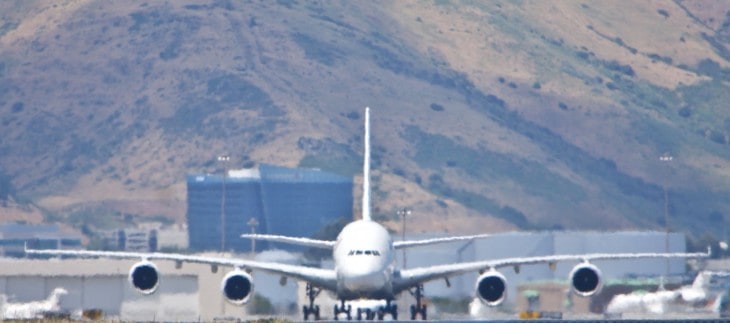
Pilots who try to take off in such extreme heat can find themselves unable to even get off the runway. Attempting to land in extremely hot conditions can also cause problems, as the lack of lift holding a plane up for a slow, easy descent is not present.
If the air in which the plane is trying to fly is lacking in density and is therefore too thin, that lift may not be there, bringing “Sweet Dreams and Flying Machines” crashing to earth.
Once temperatures start to reach into the high 40s Celsius, the air starts to become too thin and is lacking in density. This can result in flights needing to be cancelled.
Flying in high heat thus requires more power and larger wings in order to compensate for the lack of lift generated as a result of the conditions. As a result, smaller planes feel the effects of extreme hot weather even more than larger planes do.
It is for reasons such as these that flights to extremely hot areas, such as Dubai and other Middle Eastern airports, are often scheduled to arrive late at night or early in the morning when conditions are cooler. Flights here also often utilize large planes.
Other Hot Weather Issues
In addition to those more specialized consequences, there are all the other basic issues that can arise when complex machinery is exposed to extremely hot conditions.
Electronics and other machinery often do not respond well to extreme heat or humidity. Either of these adverse conditions can interfere with the sensitive machinery and electronics onboard an aircraft, rendering it unsafe or unable to fly.
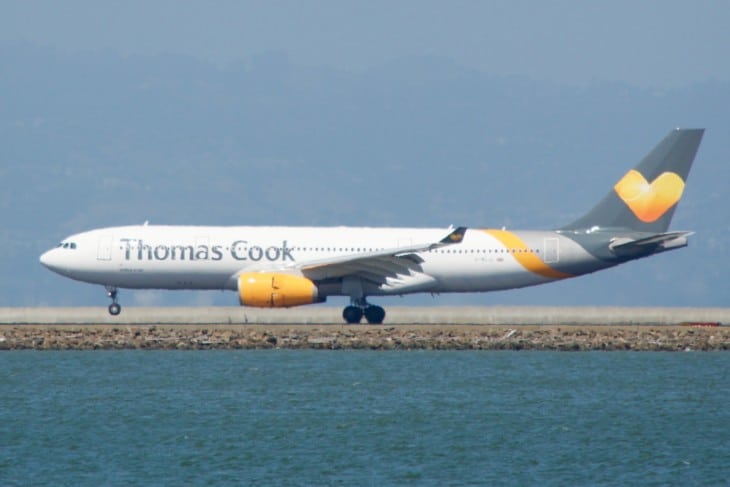
Then there is the question of onboard cooling systems breaking down. Compared with the prospect of not being able to take off or land, this may seem of secondary concern. Try telling that to anyone frying onboard an aircraft in plus-40 Celsius temperatures, however, and you’re likely to get a first-class irritated rant in return.
Besides which, there are real health risks to remaining so long in extremely hot conditions. We have all heard horror stories of children or dogs being locked in cars during summer, only to be killed by the extreme heat building up inside the insulated car.
A hot plane sitting on a runway or flying in the sky has the exact same issue. While air exchange does occur during the flight, thus helping to combat the issue of air stagnating, extreme heat can nevertheless become trapped within the cabin, creating horribly uncomfortable conditions.
In the most extreme cases, it can result in passengers becoming severely dehydrated or suffering from heat-related illnesses.
Engine Woes
Airplane engines are not designed to handle the kind of extreme temperatures exhibited in places like Dubai and Phoenix. They already have a maximum turbine temperature which pilots have to keep track of and keep under control.
If a plane’s engine veers above those temperature limits, it can become damaged.
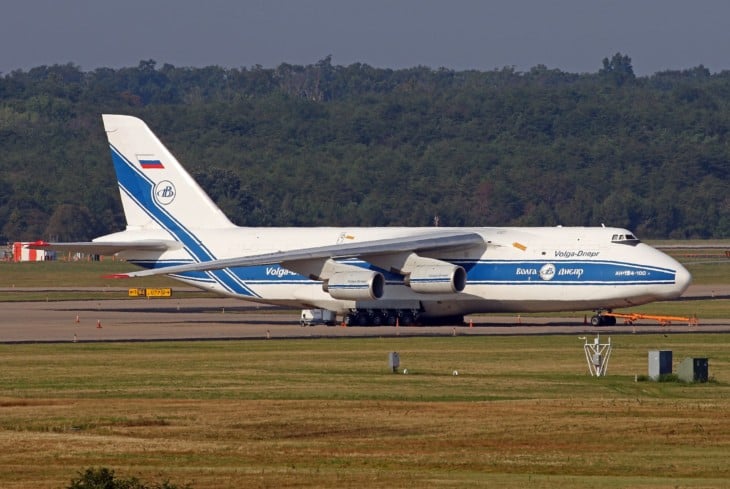
The temperature is already going to be greater when pilots begin their takeoff procedures, as this is when the engines are working extra hard and generating more thrust, which results in higher internal temperatures.
Hotter temperatures and lower air density mean that the engines have to work harder, which increases the strain placed on them.
Pilots work to keep track of the overall temperature of the engines by calculating both the internal and external temperatures. The higher the external temperature, the more careful they have to be about the internal temperature. Limiting this can limit the speed and functionality of the engine.
Hot Weather Solutions
With all of those hot weather flight problems, it should come as no surprise that airlines have worked long and hard to try to come up with some solutions.
Pilots make use of computers to help them keep track of the temperature at which their engines are operating. This can help them make sure that they are maintaining safe operational temperatures while also maintaining that balance between internal and external temperature.
These computers also alert the crew to changing temperature levels as they start to veer closer to danger zones. This can enable pilots to make any alterations necessary to help prevent the kind of issues that can arise from engines overheating.
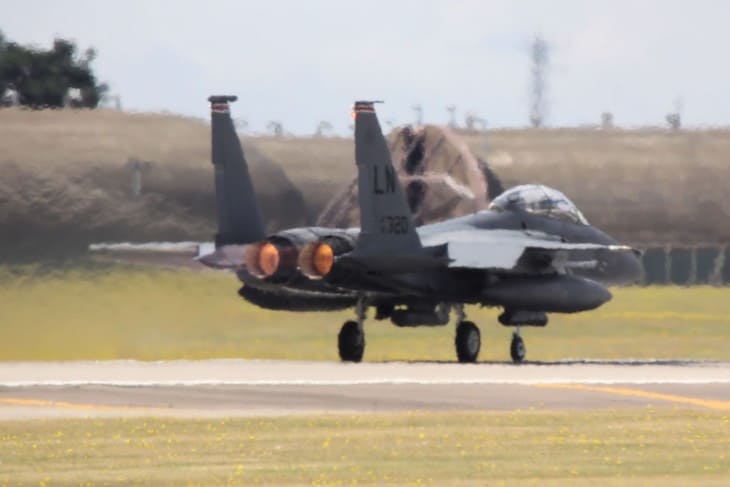
As stated, airports in extremely hot areas such as Dubai and Phoenix typically schedule flights for times when the air density will be less affected by extremely hot temperatures. Helping with this are modern meteorology reports which can predict temperatures and weather patterns.
We often think of these systems as being used to plan for storms, but they can be used just as effectively and for the same basic purpose here.
Airlines are also careful about what type of aircraft they allow to fly into these airports. Most aircraft flying to airports such as those in Phoenix and Dubai are on the large side, as this makes it less likely that they will be unable to take off due to extreme heat.
Improved onboard air conditioning systems have also made progress over the past few decades, and can help keep passengers cool.
That said, having fewer passengers on board may help even more. Flights into extremely hot areas sometimes restrict the amount of passengers they let on so as to keep the overall weight down, thus making it easier to fly in conditions with thinner air and less lift.
These same airlines may sometimes restrict the amount of luggage a passenger can bring on for the same reason.
Finally, some planes are simply not allowed to fly above a threshold of 48 degrees Celsius due to the adverse conditions presented by such extreme heat.
While they are not nearly as widely covered as storms and cold weather conditions, extremely hot conditions can cause a whole host of problems as well. Airlines have done an increasingly good job of dealing with them over the years.
As a result, while these temperatures can leave us hot under the collar, the pilots and flight control workers who deal with such conditions daily simply keep cool and carry on.
References ▾
Related Posts


